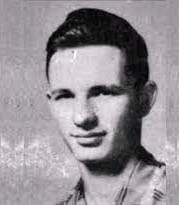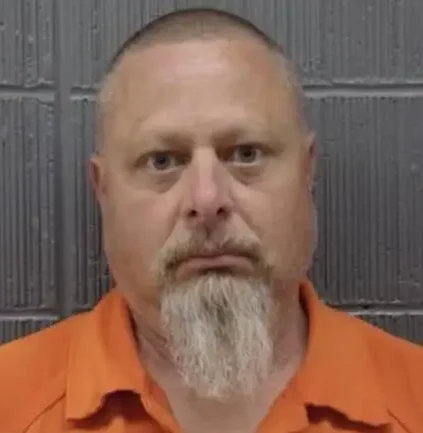
April 20, 1999, in Littleton, Colorado, Columbine High School, Eric Harris and Dylan Klebold, both seniors, wearing all black – black trench coats, prepared to carry out an attack. They murdered 12 students and one teacher and 24 were wounded.
This was the deadliest school rampage shooting in history at that time. It was the second most covered emergent news story of the 1990s. The OJ Simpson case was number one. Eric Harris and Dylan Klebold were media-savvy. They left plenty of material for us to analyze and for media to report.
The shooting has inspired dozens of copycat killings, dubbed the Columbine effect, including many deadlier shootings in the US and the rest of the world.
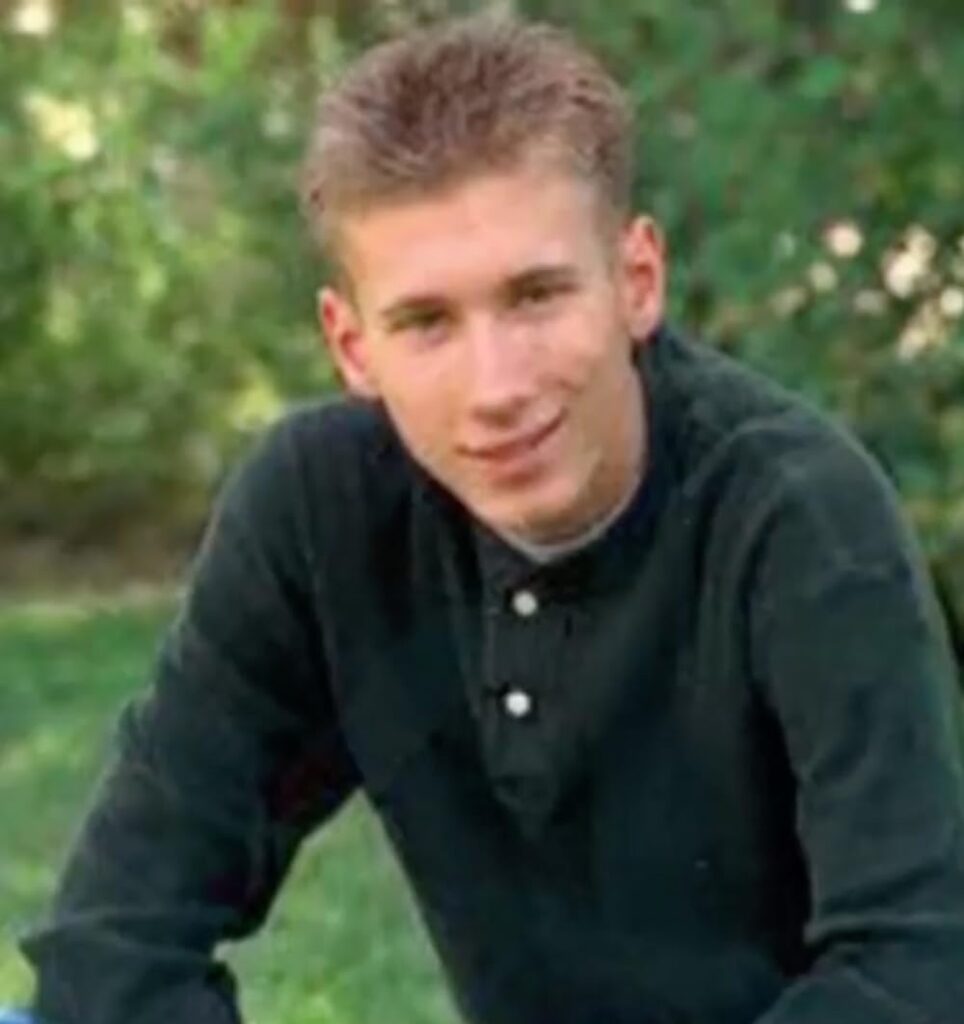
Eric Harris’s background was also far from underprivileged. Eric’s father was ex-military. He was a decorated air force test pilot. They moved around a bit from city to city and it affected Eric, because he always had to move to another school and make new friends. He lived in normal middle class neighborhoods. Eric Harris was described as bright, sensitive. He attended advanced classed. He was well-behaved in the classroom and was a good student. At times he could be personable. Some told he was attractive. Eric was seemed depressed and self-conscious. He had the ability to recognized how other saw him. Still, he wanted recognition. In 1998 he was arrested for stealing electronics from a van and he was diagnosed with obsessive-compulsive disorder. He was prescribed psychotropic medication, actually antidepressant Luvox. Eric wanted allegedly to be a marine. After the mass shooting, FBI said that he was out of control psychopath and there was evidence to support this. When he was in the seventh grade he met Dylan. Dylan introduced Eric to one more friend, Brooks Brown. Brooks Brown’s parents, Judy and Randy Brown described them. Judy Brown: “Dylan was here a lot. The kids met each other in the first grade and became best friends. There were never fights. A lot of kids you have to send home after a while, because you know it gets with boys. It was great. The three of them got along great.” Randy Brown: “He was a nice gentle young man (referring to Dylan).” Judy Brown: “He (referring to Eric) had thrown a snowball at Brooks’s car and cracked the windshield and a kid came up and said ‘here’s Eric’s backpack, I took it while he was throwing snowballs. So I’m thinking ‘what’s this?’, I’m going to take the backpack back. So we drove down in the car and I rolled down the window, and I said to Eric ‘I’ve got your backpack. Meet me at your mom’s house’, and we rolled back up the window. Well he started banging on the window. Crazy. Saying ‘give me my backpack!’. He was frantic. That was the first time I saw that anger. And it was very unusual it was quick and it was fast and it was unrelenting.”

Dylan Klebold was born in Colorado and at the time of the shooting was living in his parents’ designer home, in a desirable natural area just outside the town. Dylan’s parents were intellectuals and artists at heart. Judy Brown: “They didn’t believe in spanking. They didn’t believe in guns. They didn’t believe in war. They were pacifists.” They had met at Ohio State university in the art program. Dylan’s parents have been described as lacking warmth and affection. Dylan frequently fought with his older brother. He was described as depressed. There were instances of self-harm, specifically cutting. His teacher said that he was unattractive and lazy. He was insecure, immature, clumsy, shy and unkempt. He was rejected by his peers.
April 20, 1999, Columbine High School, Eric Harris, 18, and Dylan Klebold, 17, both seniors, prepared to carry out an attack. At 11:10 a.m., they both drove in separately and parked in different parking lots. As Harris walked toward the school, he encountered a student. He told that student to leave because he liked him. About 11:15 a.m., they entered the cafeteria carrying duffel bags full of explosives. They had a timer set to go off at 11:17 a.m. They chose that time because they believed that would lead to a maximum number of casualties. After that, they went out to their cars and waited 11:19 a.m. A diversionary explosive device detonated in a field, about three miles to the southwest of the high school, causing citizens to call the police there. Shortly afterward witnesses spotted Eric and Dylan by the West’s exterior steps and heard one of them say ‘go, go!’. The explosives they planted in the cafeteria didn’t detonate. They started with a shooting. They were also throwing explosive devices. Some didn’t detonate. Witnesses heard one of the pair saying: “This is what we always wanted to do! This is awesome!” At 11:22 a.m. a custodian called deputy Neil Gardner. One minute later a 911 call was placed. Eric fired ten shots at deputy, before his weapons jammed. Gardner fires four shots. Eric started firing again and Eric entered the school. Deputy Gardner couldn’t pursue him. The other deputy fired three rounds at Eric and missed.
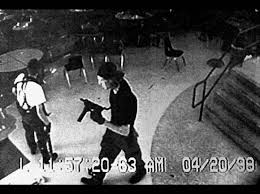
Eric and Dylan were in school and continued to move through the school, while they were firing at students and teachers. They were laughing. They went to the library and shooting students there. SWAT team got permission to enter the school. Minutes later the police lay down suppressing fire into the windows of the library. During the attack a friend asked Dylan what he was doing and Dylan responded: “Oh, just killing people.” He didn’t kill that student. At 12:08 p.m. Eric and Dylan committed suicide. Parents of an on and off girlfriend complained in 1997 and 1998 about both Eric and Dylan, but they appeared to emphasize Eric’s behavior. They said he went on violent rants on the Internet and threatened to blow up buildings with pipe bombs. An affidavit was completed by the police for a search warrant. The police never took that to a judge. This information was hidden until two years after the attack.
Eric had a website. He talked about who he hated he talked about acts of vandalism he committed. The pair recorded themselves shooting. They made a film where they were hitmen hired by a bully to kill an athlete (Harris & Klebold ‘Hitman’). They talked about a revolution where they would get back at students who bullied other students, so-called basement tapes. They kept diaries. Eric wrote that he wanted to murder all the residents of Denver, Colorado. He wanted to kill 400 people. He thought of himself as schizophrenic. He described himself as a victim. Eric was angry and hostile. When he was in school, he said he was full of hate and that he loved being that way. Eric was described as a criminal mastermind. Contrary to mastermind, he openly discussed a desire to blow up the school. He had an obsession with explosives. He frequently spoke about those topics with fellow students. He had a number of sexual fantasies that he wrote about and many of them involved violence and dominance. He was obsessed that women would reject him. He said he wanted to leave an impression on the world.
Dylan had an interest in Charles Manson. Dylan may have been bisexual but there’s no evidence of any sexual activity. He was later complaining for not having a girlfriend. He felt unloved. He had fantasies about being dominant and avenging the wrongs that were done to him. He was applying to colleges in his junior year. Dylan hacked into a computer. He was arrested for stealing from that van, the same incident that Eric was involved in. He had a cold reaction and there was no acceptance of responsibility.
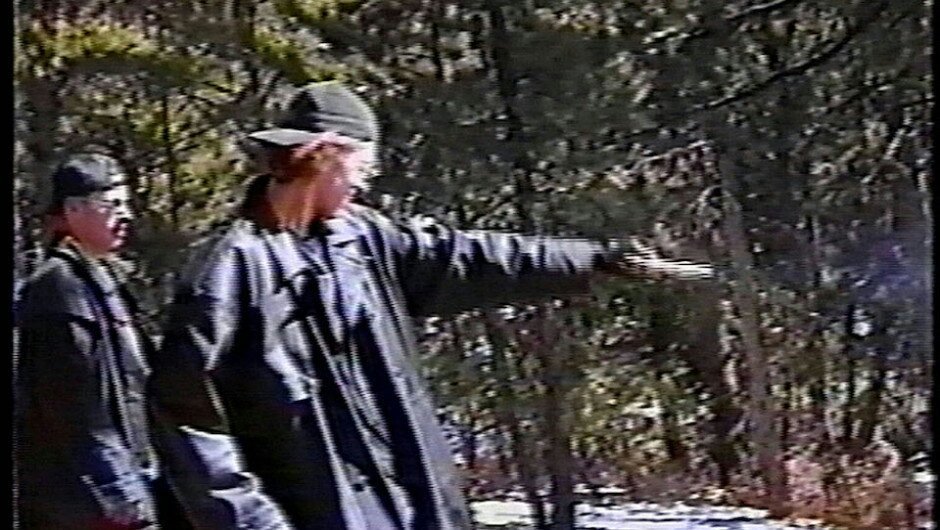
Eric Harris and Dylan Klebold were both deeply into computers and both complained they were victims of bullying by sporty students, known as jocks. They didn’t consume substances. They were depressed, outcasts. They had limited social skills. They were disliked. They were bullied. They had fantasies, including one of sexual nature. Some clinicians speculated that Dylan, beside depression had some traits of schizoid personality and that he aligned with antisocial personality. Eric had traits of narcissism and aligned with antisocial personality. They believed that they had ascended to a higher level of consciousness. It looked like shared delusion. They were 18 years old and should’ve graduated that year and moved on… But they decided to stay there. 12 students and a teacher didn’t mean anything to them at that moment
Sue Klebold decided to speak in public and explain that her son was depressive, and that she couldn’t forgive herself for not noticing. She expressed deep sorrow for her son’s misdeeds. Some understood her, some didn’t. At the end, she was his mother and her story may also help other parents. Dylan’s father didn’t share her beliefs and they divorced. She got cancer. Sue is trying to make people aware of importance of mental health and subtle signs parents may miss, unfortunately, in some case parents can be a contributing factor.
